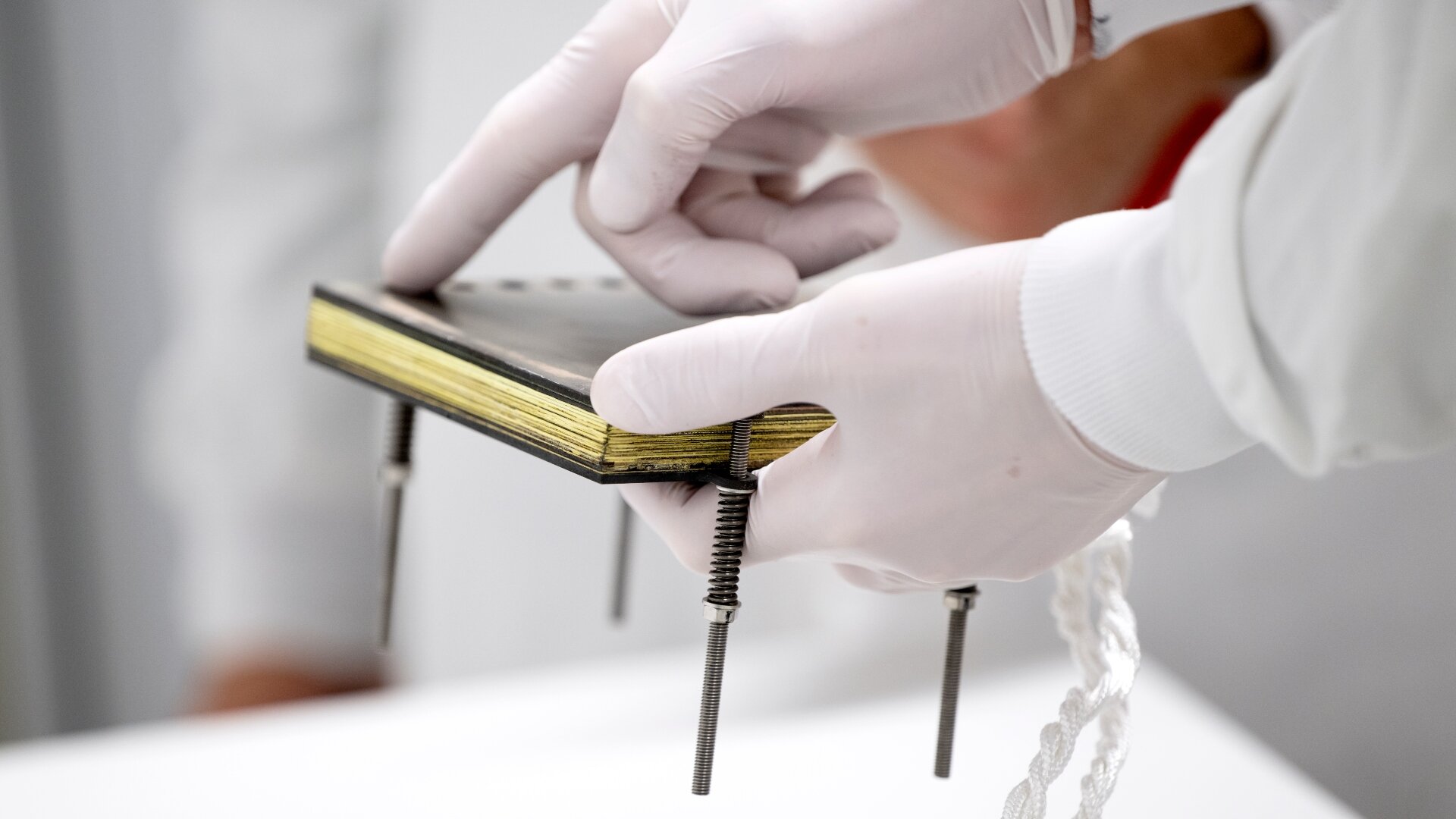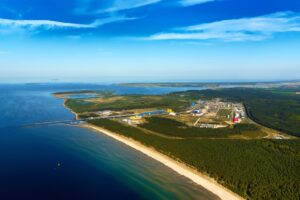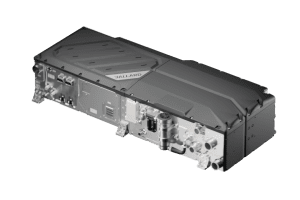Professor at the Technical University of Denmark (DTU) Henrik Lund Frandsen estimates that the increased lifetime of Ni-GDC electrolysis cells can lead to significant savings in material consumption in future power-to-x plants and reduce the price of green hydrogen by up to 5%.
“If we can get ceramic electrolysis cells into power-to-x technology in enough places around the world, their efficiency means that you can save 25% of all the electricity needed to produce the same amount of green fuel and save up to about 20% of the price of hydrogen. And if we also improve the lifespan of the technology, it will result in material savings, which will mean a further price reduction of 5%,” says Frandsen.
1,000 hours of testing
The experiments to evaluate the stability of the Ni-GDC electrodes were conducted by postdoc Morten Phan Klitkou and others at DTU. The tests were performed at different currents for 1,000 hours. The results showed that the resistance in the fuel electrode only degraded slightly at very high current draws. The experiments showed that the primary degradation mechanism of conventional ceramic electrolysis cells could be avoided as the nickel in the electrode did not move even under the high current draw. Current cell technology would not have been able to tolerate the same strain.
However, the researchers found that there are still some challenges with the new electrolysis cells, where the new materials have caused another problem in the electrolyte. Despite this new complication, the researchers believe that the test results with the Ni-GDC electrolysis cells are very positive and show a scalable path to manufacturing highly efficient and long-lasting electrolysis cells.
Production of electrolysis cells
In Denmark, a lot of research and development of ceramic electrolysis cells has been carried out in a collaboration between the company Topsoe and researchers at DTU. In 2014, the parties entered into a non-exclusive license agreement that made it possible to manufacture and develop ceramic electrolysis cells (SOEC) in collaboration with DTU Energy. In 2023, this development led Topsoe to start construction of the world’s first large scale factory to produce high-temperature electrolysis cells assembled in large numbers in so-called stacks in Herning. When the factory is completed in 2025, it will be able to produce 500 MW of electrolysis units annually, and by 2030, production will be expanded to 5 GW annually.
Frandsen estimates that it will take up to ten years before the Ni-GDC electrolysis cells are fully scaled up and utilized in power-to-x plants internationally.
Source: Technical University of Denmark






